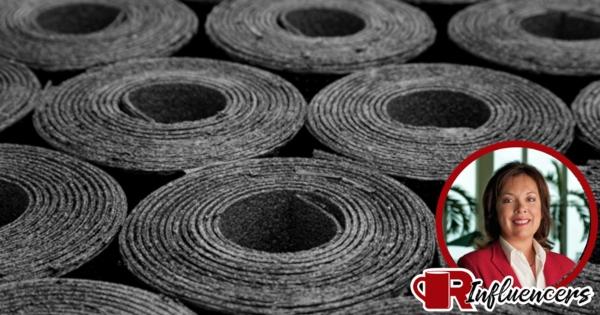Supply Issues Won’t Be Over Anytime Soon

RCS Influencer Trent Cotney says that material supply issues are expected to continue throughout the next year.
Everything we are seeing suggests that material volatility will continue through 2022 and probably into 2023. The recent surge of the Omicron variant coupled with the cataclysmic storms in Kentucky have further exacerbated strained supply lines.
We are advising the industry to include protective contract provisions that address material delays and price increases. In addition, we are working with our clients to proactively phase work to minimize the impact of increased lead times. Roofing contractors should stay vigilant and anticipate further disruption throughout 2022.
Editor’s note: In April 2021, Trent shared more specific details for contract considerations. Here is an excerpt:
To combat these increase prices and material delays, it is essential that you protect yourself contractually and through negotiations.
Payment components: First, consider how you are being paid. Fixed price contracts often bind you to fixed material costs. If you use a cost-plus method of payment, then you can get paid your actual costs, plus profit and overhead. This is easier said than done given that the majority of residential and commercial roofing work is fixed price.
You should also consider the time and materials component in your contract for extra work. For example, if you specify a fixed labor rate plus actual material costs for things like decking, soffit, gutter, etc., then you can insulate yourself from dramatic increases.
Another option is to include a timeframe for fixed prices in your contract, which will protect you from price increases. Here is one example of suggested wording, though you can adjust the time limit and percentage as needed: “The quoted prices for materials are good for 30 days. After 30 days, Owner can anticipate a price increase based on escalating costs for materials of at least 5%.”
Price acceleration clause: When you include a price acceleration clause in your contract, you need to consider a few elements: how much pricing can go up without the need for a change order, the fact that you will need to show evidence of increased costs, and how much pricing can increase before there is a cancellation option. Below is suggested wording for such a clause:
If there is an increase in the actual costs of the labor or materials charged to the Contractor in excess of 5% subsequent to making this Agreement, the price set forth in this Agreement shall be increased without the need for a written change order or amendment to the contract to reflect the price increase and additional direct cost to the Contractor. Contractor will submit written documentation of the increased charges to the Prime Contractor/Owner upon request. As an additional remedy, if the actual cost of any line item increases by more than 10% subsequent to the making of the Agreement, Contractor, at its sole discretion, may terminate the contract for convenience.
Material availability: You must also address the issue of material availability. Include in your contract a provision that states: if you are unable to get the necessary materials for a given project, you will notify the customer, and the customer will agree to provide a time extension.
Trent Cotney is the founder of Cotney Attorneys & Consultants, a company that specializes in roofing and construction law. See his full bio here.
Disclaimer: The information contained in this article is for general educational information only. This information does not constitute legal advice, is not intended to constitute legal advice, nor should it be relied upon as legal advice for your specific factual pattern or situation.























Comments
Leave a Reply
Have an account? Login to leave a comment!
Sign In